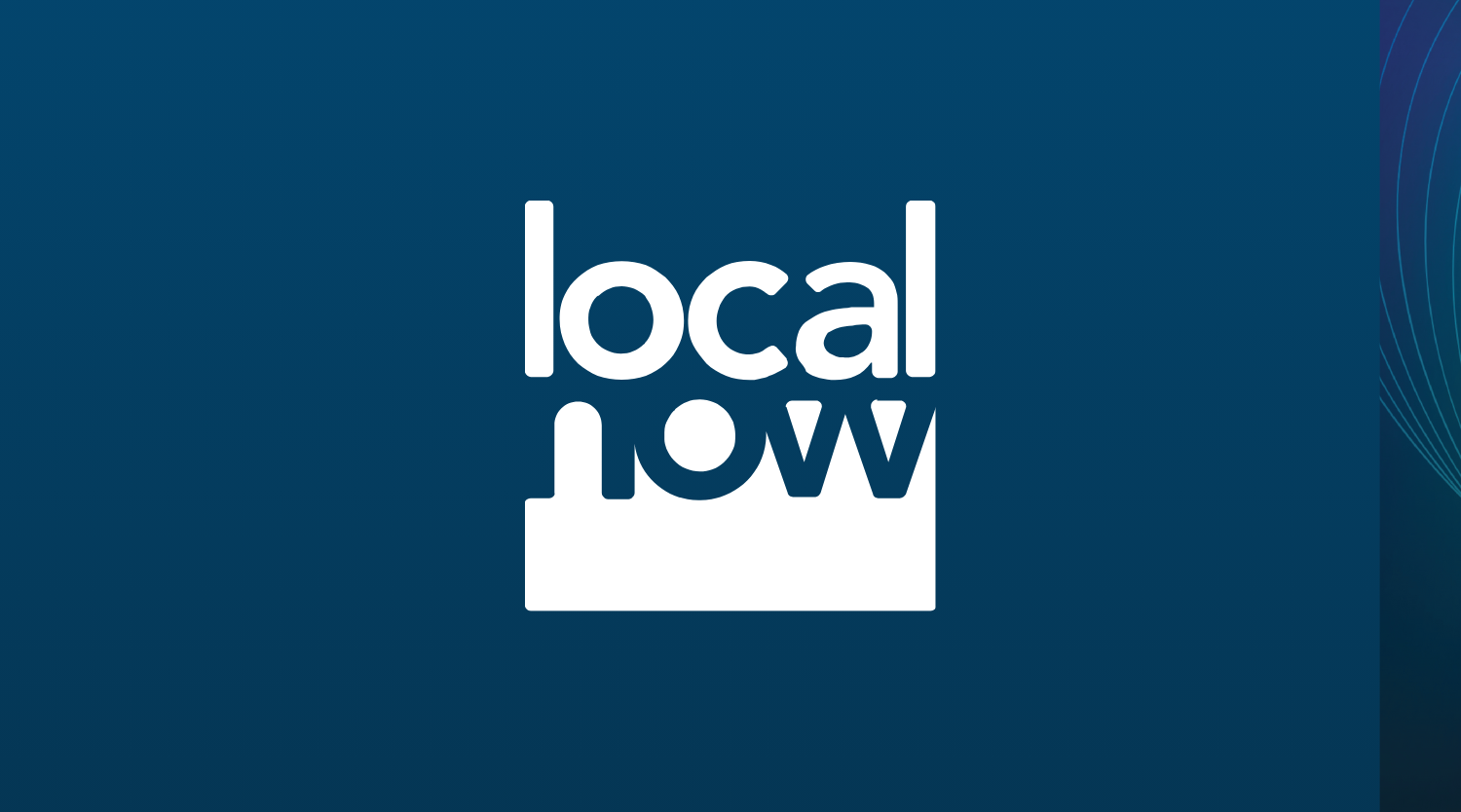Over the summer of 2022, streaming viewership overtook cable TV for the first time. That’s a trend that is likely to continue.
Meanwhile, the distinctions between streaming and linear TV have blurred a bit as platforms like Netflix launch ad-supported tiers.
This is far from the only change on the horizon for the connected TV (CTV) space. In a recent podcast, Nicole Scaglione, global VP of the CTV and OTT business at PubMatic, outlined her projections for CTV advertising in the year to come.
Buying CTV Inventory Like Linear TV
CTV combines the best of linear and the best of digital—and it’s held to much higher standards.
That’s according to Scaglione, who noted CTV buyers are looking for the transparency they get with linear, such as expecting an ad to run in a particular ad break on a particular show at a particular time.
“With digital, you really never got that granular because it was never really about ‘When exactly is my ad running?’” she told Kurt Donnell, President and CEO of Freestar, and host of the podcast Blood, Sweat and CPMs. “It reminds me of when I used to sell advertising in the early aughts and some of my customers would say, ‘I want to open the newspaper and see my ad.’”
Digital, on the other hand, is more about the target audience and the action they take.
“CTV grew up through that digital experience of it doesn’t really matter exactly when the ad runs, it matters who is engaging with that ad, what are they doing and what are the outcomes,” she said.
Linear buyers, however, remain more traditional and want to buy CTV like they have bought linear TV.
“The challenge that CTV publishers and we as an industry all have is to come together and support this ability for CTV publishers to have the transparency of linear TV, but also the precision, targeting, and ability to report and track of digital,” Scaglione added.
Simplifying Measurement
While audience measurement platform Nielsen has long been a heavyweight in TV measurement—and analytics company Comscore recently reinvented itself—new entrants like VideoAmp, iSpot.tv, Oracle and TVSquared are offering many more measurement options for CTV players.
“The challenge though is that we come back to this space where people are now presented with all these choices,” Scaglione said. She said sometimes it’s hard to know what to watch.
Therefore, the next big challenge is to simplify the measurement landscape.
“On the one hand, I think it’s good that nobody’s forced to just work with one player,” she said. “But with those choices are other challenges, which means it’s harder for everybody to be on the same page using the same partners. Everybody’s in this process of test and learn for years and years.”
Using Performance-Based Platforms
Meanwhile, linear buyers are still trying to understand what they bought and when it ran. That’s why CTV campaigns are being held to an outcome standard more than ever before.
“It’s not only what are the outcomes, but also who are the partners that I can work with who can actually demonstrate that really in a detailed way for me,” Scaglione said.
As a result, new CTV-buying platforms have emerged focused on outcomes for performance-based buyers—and the CTV industry is seeing more pressure toward performance-based buying.
Scaglione likened it to “this tree grew another limb that we’d never seen before.”
In other words, it’s an offshoot of performance buying that is “something totally different to most buyers. In CTV, it’s an unusual concept because there was no cookie-based buying that made performance-based buying easy to do.”
As a result, she expects it will take time for CTV to become fully performance- and outcome-based.
Integrating QR Codes
Meanwhile, expect to see more interactivity in CTV as well.
This will likely come in the form of QR codes as “actual engagement can be challenging if you’re talking about using a smart TV remote versus using your phone.”
“We know that people are engaging with CTV and using a mobile device at the same time, why not capitalize on that and give them an opportunity to take an action on a message that really resonates with them?” she asked. “We’re at the beginning of it, and I think it’ll going to blossom quite a bit in the next couple of years.”
To hear Scaglione’s full interview, listen to the podcast episode here.





